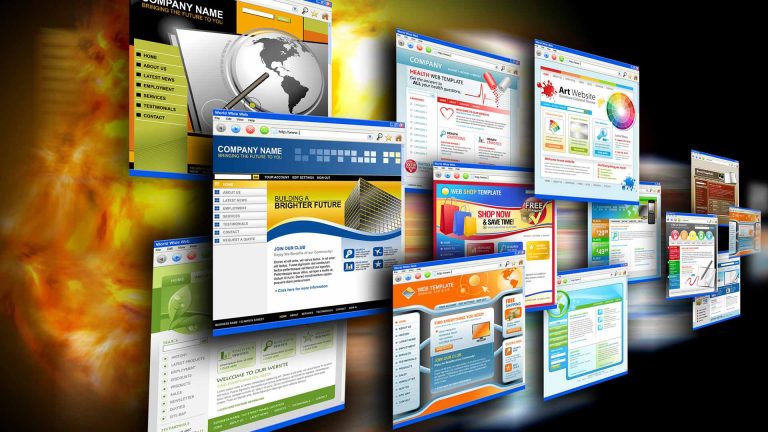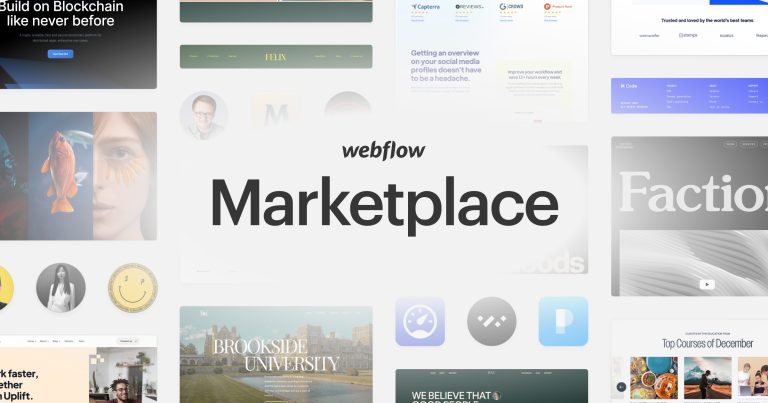Graphic Design Business Cards: 10 Tips to Make Your Card More Memorable and Effective
Graphic design business cards are more than just a piece of paper with your name and contact information. They are a powerful tool to showcase your creativity, professionalism, and brand identity as a graphic designer. A well-designed business card can help you make a lasting impression on your potential clients, partners, and employers. It can also help you stand out from the crowd and attract more opportunities and referrals.
However, designing graphic design business cards is not as easy as it sounds. With so many online resources and templates available, how can you make your card unique and memorable? How can you ensure that your card conveys your message and value proposition clearly and effectively? How can you avoid common mistakes and pitfalls that can ruin your card and your reputation?
In this article, we will share with you 10 tips that can help you create graphic design business cards that are more memorable and effective. These tips will cover aspects such as layout, color, font, logo, contact information, size, shape, material, clutter, and creativity. By following these tips, you will be able to design a card that reflects your personality, style, and work quality. You will also be able to impress your target audience and increase your chances of success.
Tip 1: Use a simple and clear layout
The first tip for designing a graphic design business card is to use a simple and clear layout. A simple layout means that you should avoid using too many elements, graphics, or effects that can distract or confuse the reader. A clear layout means that you should arrange your information in a logical and hierarchical order, using white space, alignment, and contrast to create balance and harmony.
A simple and clear layout can help you achieve several benefits, such as:
- Making your card easy to read and understand
- Highlighting the most important information and elements
- Creating a professional and elegant look
- Enhancing your brand identity and credibility
To create a simple and clear layout, you can use tools such as grids, guides, and rulers to help you organize your elements and align them properly. You can also use templates or examples from other graphic designers to get some inspiration and ideas. However, you should avoid copying or plagiarizing other people’s work, as this can damage your reputation and originality.
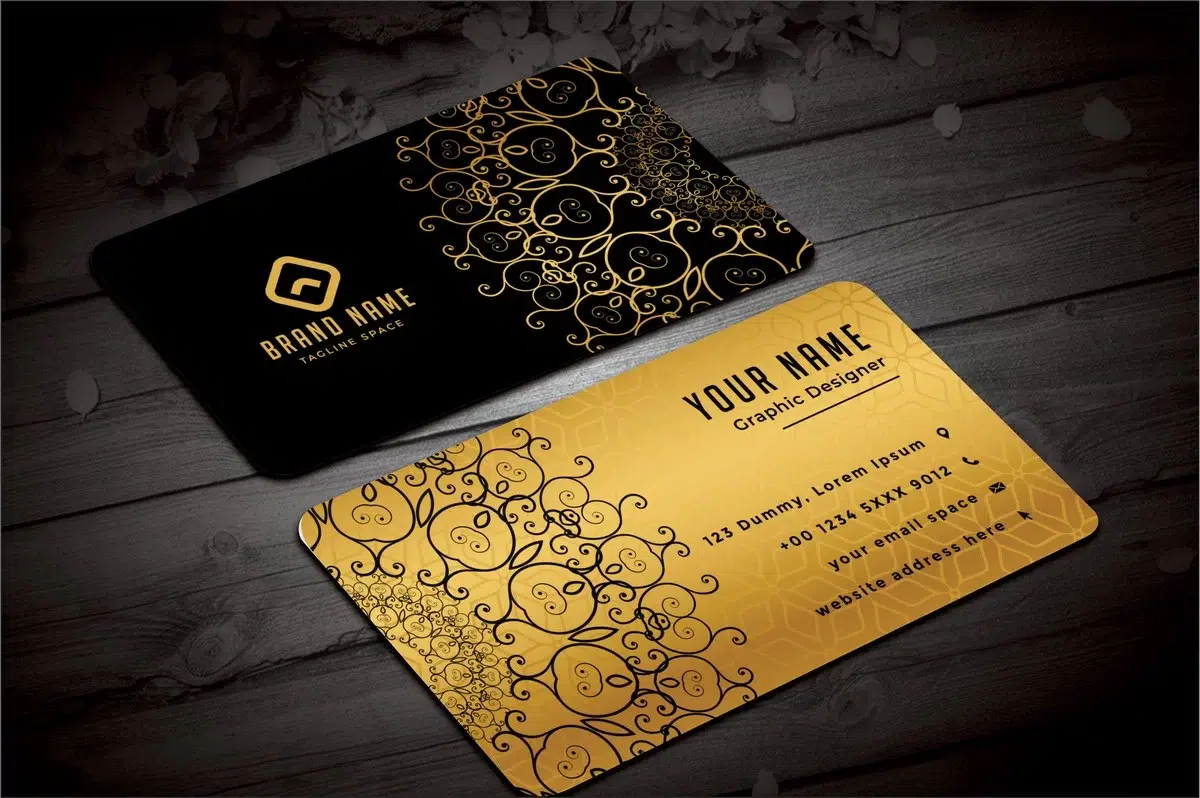
Tip 2: Choose a color scheme that matches your brand identity
The second tip for designing a graphic design business card is to choose a color scheme that matches your brand identity. Color is one of the most powerful elements of design, as it can evoke emotions, convey messages, and create associations. Therefore, you should choose a color scheme that reflects your personality, style, and values as a graphic designer.
A color scheme that matches your brand identity can help you achieve several benefits, such as:
- Creating a visual identity and recognition for your brand
- Establishing a mood and tone for your card
- Attracting attention and interest from your target audience
- Communicating your message and value proposition effectively
To choose a color scheme that matches your brand identity, you can use tools such as color wheels, palettes, and generators to help you find the right colors and combinations. You can also use color psychology and theory to help you understand the meanings and effects of different colors. However, you should avoid using too many colors or colors that clash or contrast too much, as this can create a chaotic and unprofessional look.
Tip 3: Use a font that is easy to read and reflects your personality
The third tip for designing a graphic design business card is to use a font that is easy to read and reflects your personality. A font is another important element of design, as it can affect the readability, legibility, and aesthetics of your card. Therefore, you should use a font that is suitable for your card size, content, and purpose.
A font that is easy to read and reflects your personality can help you achieve several benefits, such as:
- Making your card user-friendly and accessible
- Enhancing your brand identity and image
- Expressing your style and creativity
- Creating a visual hierarchy and emphasis for your information
To use a font that is easy to read and reflects your personality, you can use tools such as font libraries, selectors, and testers to help you find the right font and size for your card. Furthermore, you can use font categories and styles to help you choose a font that matches your message and tone. However, you should avoid using too many fonts or fonts that are too fancy or illegible, as this can create a cluttered and unprofessional look.
Tip 4: Add a logo or a graphic element that represents your work
The fourth tip for designing a graphic design business card is to add a logo or a graphic element that represents your work. A logo or a graphic element is a visual symbol that can help you identify and differentiate your brand from others. It can also help you showcase your work quality and skills as a graphic designer.
A logo or a graphic element that represents your work can help you achieve several benefits, such as:
- Creating a memorable and distinctive card
- Demonstrating your expertise and competence
- Adding value and personality to your card
- Generating curiosity and interest from your target audience
To add a logo or a graphic element that represents your work, you can use tools such as logo makers, graphic editors, and generators to help you create or customize your own logo or graphic element. You can also use principles such as simplicity, relevance, and scalability to help you design a logo or a graphic element that is effective and appropriate for your card. However, you should avoid using a logo or a graphic element that is too large, complex, or irrelevant, as this can create a distracting and confusing look.
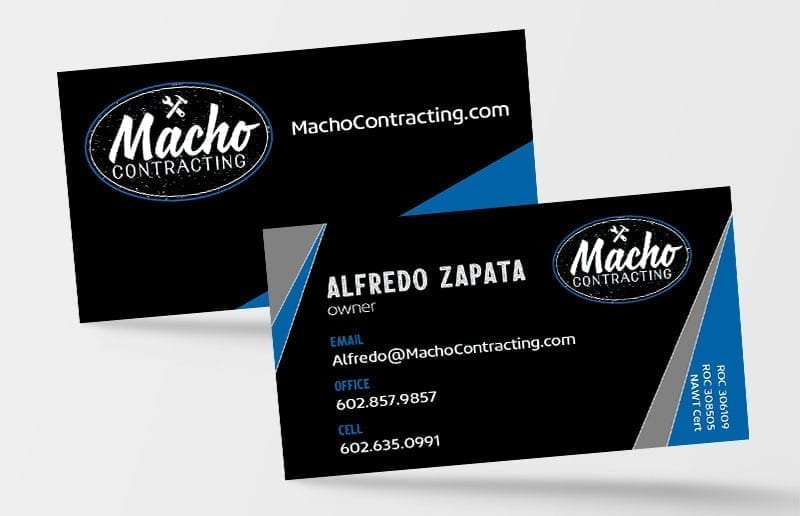
Tip 5: Include your contact information and call to action
The fifth tip for designing a graphic design business card is to include your contact information and call to action. Your contact information is the essential information that you want your target audience to know and use to reach you, such as your name, title, phone number, email address, website, and social media. Your call to action is the action that you want your target audience to take after receiving your card, such as visiting your website, following your social media, or contacting you for a project.
Your contact information and call to action can help you achieve several benefits, such as:
- Providing your target audience with the necessary and relevant information
- Encouraging your target audience to take the next step and engage with you
- Creating a sense of urgency and value for your offer
- Generating leads and conversions for your business
To include your contact information and call to action, you can use tools such as icons, buttons, and QR codes to help you display and link your information and action. You can also use words such as “visit”, “follow”, “contact”, or “hire” to help you create a clear and compelling call to action. However, you should avoid including too much or too little information or action, as this can create a vague or overwhelming look.
Tip 6: Use a standard size and shape for your card
The sixth tip for designing a graphic design business card is to use a standard size and shape for your card. The size and shape of your card can affect the practicality, usability, and appeal of your card. Therefore, you should use a size and shape that is suitable for your card content, purpose, and audience.
A standard size and shape for your card can help you achieve several benefits, such as:
- Making your card easy to print, store, and distribute
- Ensuring your card fits in most wallets, holders, and pockets
- Creating a professional and consistent look
- Meeting the expectations and preferences of your target audience
To use a standard size and shape for your card, you can use tools such as templates, guides, and calculators to help you find the right dimensions and proportions for your card. You can also use common sizes and shapes such as 3.5 x 2 inches (8.9 x 5.1 cm) for a rectangular card, or 2.5 x 2.5 inches (6.4 x 6.4 cm) for a square card. However, you should avoid using a size or shape that is too small, large, or irregular, as this can create a impractical and unappealing look.
Tip 7: Print your card on high-quality and durable material
The seventh tip for designing a graphic design business card is to print your card on high-quality and durable material. The material of your card can affect the durability, feel, and appearance of your card. Therefore, you should print your card on a material that is suitable for your card design, purpose, and budget.
A high-quality and durable material for your card can help you achieve several benefits, such as:
- Making your card last longer and resist wear and tear
- Giving your card a smooth and comfortable feel
- Enhancing your card design and colors
- Creating a positive and lasting impression on your target audience
To print your card on a high-quality and durable material, you can use tools such as printers, papers, and finishes to help you choose and apply the right material for your card. You can also use common materials such as cardstock, glossy, matte, or textured paper, or special materials such as plastic, metal, or wood. However, you should avoid using a material that is too thin, thick, or fragile, as this can create a cheap and unprofessional look.
Tip 8: Avoid clutter and unnecessary information
The eighth tip for designing a graphic design business card is to avoid clutter and unnecessary information. Clutter is the excessive or irrelevant information or elements that can reduce the readability, legibility, and aesthetics of your card. Unnecessary information is the information that is not relevant or important for your card purpose, content, or audience. Therefore, you should avoid clutter and unnecessary information to make your card more effective and appealing.
Avoiding clutter and unnecessary information can help you achieve several benefits, such as:
- Making your card more readable and legible
- Highlighting the most important information and elements
- Creating a clean and elegant look
- Communicating your message and value proposition clearly and concisely
To maintain clarity and trim down excess information, utilize tools like editors, checkers, and reviewers for editing and proofreading your card content and design. Employ principles like “less is more,” prioritize quality over quantity, and focus on signal over noise to reduce unnecessary details. Be cautious not to omit or conceal essential information or elements, as this could result in an incomplete or misleading appearance.
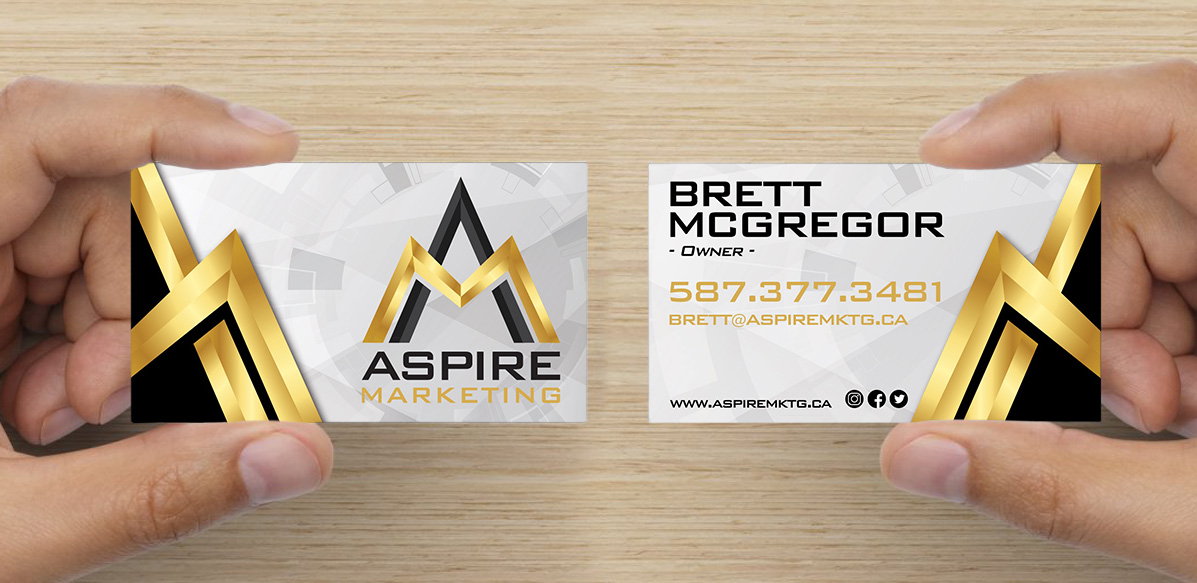
Tip 9: Be creative and original
The ninth tip for designing graphic design business cards is to be creative and original. Creativity and originality are the qualities that can help you express your individuality, style, and vision as a graphic designer. They can also help you create a card that is unique and memorable, and that can stand out from the crowd.
Being creative and original can help you achieve several benefits, such as:
- Making your card more attractive and interesting
- Demonstrating your skills and talents as a graphic designer
- Adding value and personality to your card
- Generating curiosity and interest from your target audience
To nurture creativity and originality, utilize tools like brainstorming, sketching, and experimentation to generate and test various ideas and concepts. Additionally, draw inspiration from trends and feedback to refine your concepts. It’s crucial to avoid copying or plagiarizing others’ work, as this can harm your reputation and undermine your originality.
Tip 10: Update your card regularly and keep it fresh
The tenth and final recommendation for crafting a graphic design business card is to consistently refresh its content and design. Regular updates involve periodic reviews and revisions to ensure accuracy and relevance, while keeping it fresh entails occasionally adding or changing elements for increased appeal.
These practices offer several advantages:
- Enhancing the card’s reliability and trustworthiness.
- Reflecting your growth and development as a graphic designer.
- Creating a dynamic and versatile appearance.
- Maintaining brand identity and recognition.
To execute regular updates, utilize tools like calendars and reminders. Additionally, consider using seasonal, thematic, or promotional changes to enhance relevance. However, avoid excessive or drastic alterations, as they can result in an inconsistent and confusing look.
Conclusion
In conclusion, graphic design business cards are a great way to showcase your creativity, professionalism, and brand identity as a graphic designer. However, designing a graphic design business card is not as easy as it sounds. You need to consider many aspects and factors that can affect the effectiveness and appeal of your card. By following the 10 tips that we have shared with you in this article, you will be able to create a graphic design business card that is more memorable and effective. You will also be able to impress your target audience and increase your chances of success.
We hope that you found this article helpful and informative. If you need more assistance or guidance on designing your graphic design business cards, you can contact us at OnextDigital, a leading UX/UI Design Service Provider. We have a team of experienced and talented graphic designers. They can help you create a stunning and professional graphic design business cards that suit your needs and preferences.


